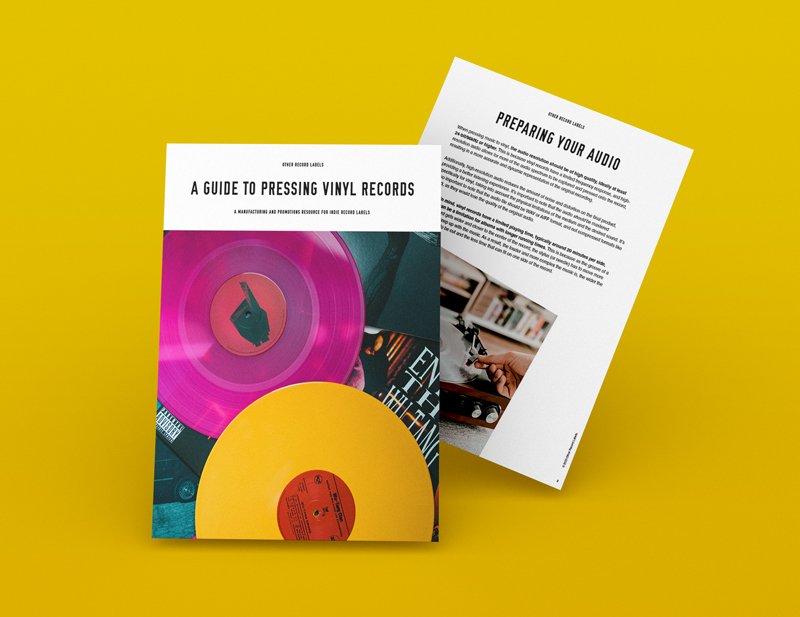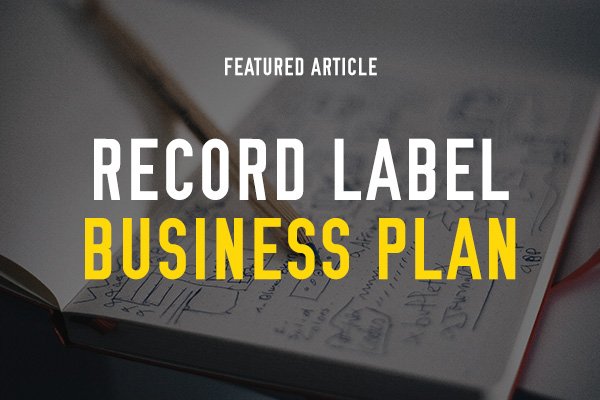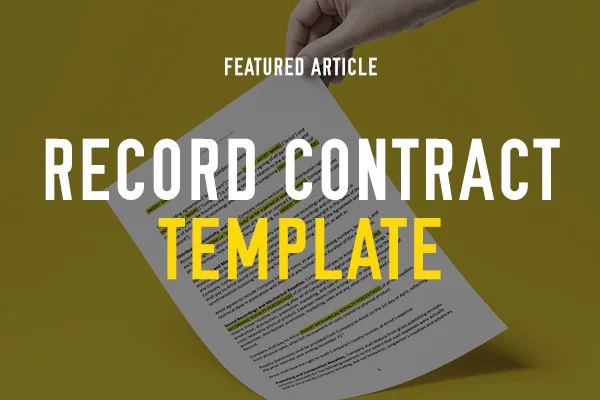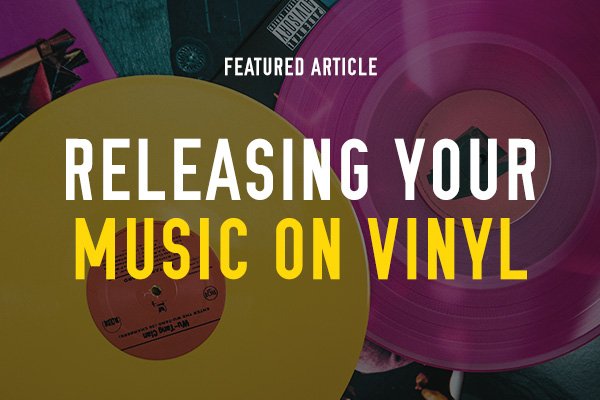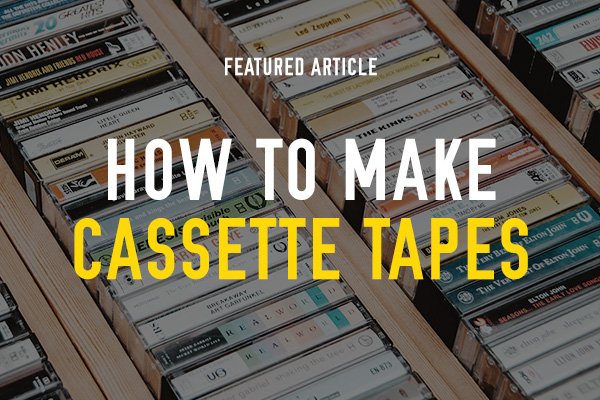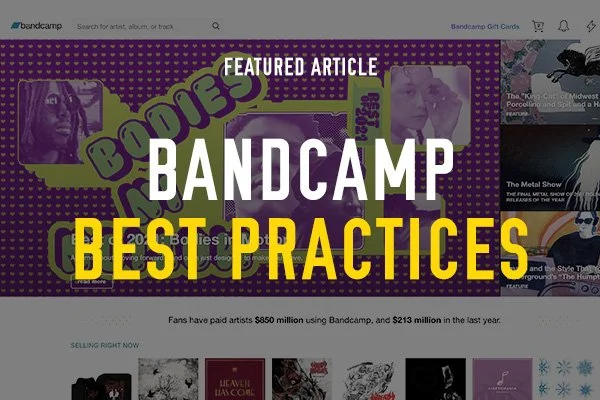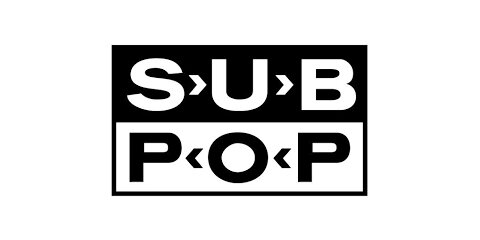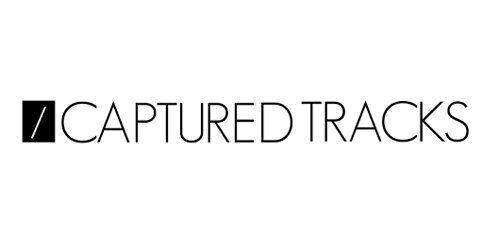
How to Get Your Vinyl Records
into Independent Record Stores
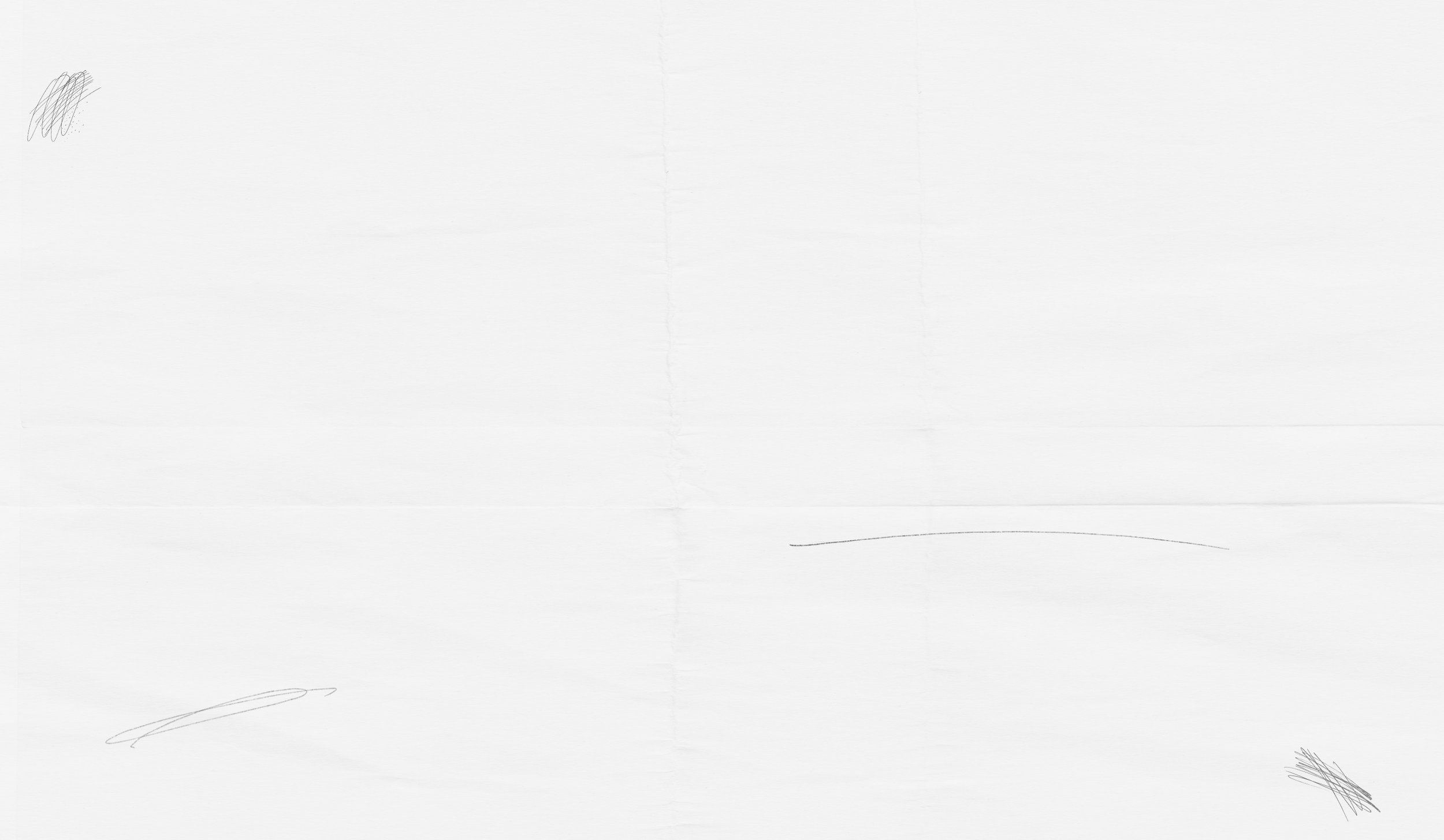
Getting your music into local record stores is a powerful way to build credibility, connect with new fans, and support your local scene...
But it takes more than just dropping off a stack of records and hoping for the best.
Here’s a comprehensive guide for indie artists and indie record labels who want to get their vinyl into shops the right way.
1. Respect Their Time
Record store owners are busy — don’t just drop by unannounced with a stack of records.
Book a meeting. Even a short phone call or email asking for a good time to visit goes a long way.
Ask permission. Always check before launching into a pitch.
Avoid busy times like weekends or Friday afternoons.
2. Make It Easy
Help them say yes by bringing everything they need up front.
A press sheet or one-sheet with release info.
Pricing clearly defined — with suggested MSRP and your wholesale/consignment terms.
Download codes for digital access.
Offer consignment:
Provide just 1–2 copies to start.
They only pay when it sells.
You track sales and restock yourself — don’t make them do the legwork.
Self-monitor inventory:
Visit the store regularly. Don’t call and ask them to count your records.
Use a spreadsheet to keep track of your retail placements.
Show them you’re serious and that you care about their business, not just your own.
3. Be Realistic
You're not the only one trying to get their record on shelves.
Start small: one or two copies, max.
Be humble about your artist’s reach and your label’s popularity.
Know that stores deal with dozens of releases each week and hundreds of labels.
4. Have Competitive Prices
If your album is selling for $40 while everything else is $28, that’s a problem.
Research what similar records are going for in their store and online.
Make your release realistically priced for their customers.
Offer a healthy margin that still makes sense for you.
Have a “locals only” price to entice new listeners
5. Be Generous & Thankful
The record store is your partner — treat them like one.
Drop off a thank-you note. Or better yet: a bottle of wine, buy a record in their shop, or a limited test pressing.
Give them a free copy to use for listening or for a giveaway.
Offer exclusive versions: local variants, early releases, test pressings.
6. Promote Their Store
Don’t just drop your record off and disappear.
Use your Bandcamp to direct local sales to their shop.
Share their store on your social channels.
Take photos of your record in their store and tag them online.
Encourage your fans to buy local.

Conclusion: Record Stores Are Your Friend
Record stores are not just retail outlets—they’re community hubs.
When you approach them with care, respect, and professionalism, they’ll be more likely to champion your record and help get your music into the hands of new fans.
Retail & Record Store Glossary
A–C
Barcode / UPC (Universal Product Code)
A machine-readable code printed on the packaging of your physical product. Required by most retail stores to track inventory and sales. Typically 12 digits in North America.
Brick and Mortar
A physical retail store location (as opposed to online). Indie record stores fall into this category.
Buy-In
When a retail store purchases your record upfront at a wholesale price, rather than selling it on consignment.
Catalog Number
A unique identifier assigned to each release (e.g., ORL001). Helps you track your discography and inventory.
COGS (Cost of Goods Sold)
The actual cost to manufacture one unit of your product (vinyl, CD, cassette). Used to calculate profit margins.
Consignment
An agreement where the store stocks your record but only pays you after it sells. Lower risk for the store, but requires you to track inventory and follow up on payment.
D–G
Distribution / Distributor
A third-party company that sells your music to stores and retail chains. They usually take a percentage of each sale but handle logistics, shipping, and relationships with stores.
Download Code
A card included with a physical release that lets fans download a digital version of the album. Adds value to vinyl and cassette purchases.
Endcap
A prominent shelf at the end of an aisle, often used for featured or seasonal releases in stores.
Exclusive
A version of a release available only in one format or location—e.g., a record store variant or limited indie store pressing.
FIFO (First In, First Out)
Inventory management method used by stores—older stock is sold first before newer stock.
H–M
Hole Punch / Drill Hole / Saw Cut
Marks used by stores to indicate a discounted or "cut-out" record. Not typically found in new indie releases, but important to recognize in used bins.
Independent Store / Indie Store
A locally owned and operated record shop, not part of a large retail chain. These stores often champion indie artists and labels.
Inventory
The total stock of physical items (vinyl, CDs, merch, etc.) that you or a store has on hand.
Jacket
The cardboard sleeve that holds a vinyl record. Can be single-pocket or gatefold.
Lead Time
The amount of time required between placing an order and receiving the finished product. Vinyl lead times can range from 8–24 weeks depending on the plant.
LP / EP / 7-inch / 10-inch / 12-inch
Different formats of vinyl records:
LP (Long Play): Full-length album, usually 12"
EP (Extended Play): Shorter than an album, more than a single
7-inch: Typically a single or two songs
10-inch: Less common format used for shorter albums or special editions
Margin / Profit Margin
The difference between the wholesale cost and the retail price. Retailers usually aim for a 40–50% margin.
MSRP (Manufacturer's Suggested Retail Price)
The price you suggest a retailer should sell your product for. Helps ensure consistency across stores.
N–S
Net Terms
Payment terms for stores buying wholesale. "Net 30" means they pay you 30 days after receiving the product.
One-Sheet
A single-page sales document for a release. Includes cover art, bio, release date, FFOs (for fans of), pricing, and order info.
Overstock
Unsold inventory that a store or distributor has too much of. Often discounted or returned.
Point of Sale (POS)
The system used by retail stores to track sales and inventory.
Preorder
A way to sell records before they’re officially released. Useful for gauging demand and funding production.
Pressing Plant
A facility that manufactures vinyl records. Different plants have different minimum orders, quality, and turnaround times.
Promotional Copy / Promo
A record sent to stores, radio, or press for promotional use—usually not for resale.
Rack Jobber
A middle-person or distributor who stocks and manages a section of music inventory in a retail store (more common in big box stores).
Returns
Unsold records that stores may send back to the label or distributor. Less common with indie stores but possible with large retail chains.
T–Z
Test Pressing
A small batch of vinyl records produced before the full run. Used to check audio quality and pressing accuracy.
Turnaround Time
Time between placing an order with the manufacturer and receiving your physical product.
Variants
Different editions of a record—e.g., color vinyl, alternate cover art, limited editions. Used to increase collectibility and appeal.
Wholesale Price
The price at which you sell your record to a store. Usually 40–60% of the MSRP.
Window Display
A display area in a store’s front window. Ask stores if you can provide a poster or small display during release week.
Z-Rack / Browser Bin
The typical shelving style used in record stores for customers to flip through vinyl. Ensuring your record has a spine with readable text helps it stand out.

WATCH THIS EPISODE
and catch other videos on our YouTube Channel
GRAB MY FREE GUIDE TO PRESSING VINYL…

RECORD LABEL
ACADEMY
The Complete A to Z of Building and Growing an Independent Record Label.

BEST VALUE
*
BEST VALUE *
RECORD LABEL
ACADEMY
Instant Lifetime Access to all our courses, books, and templates!
-
How to Start a Record Label (Online Course)
Record Label Marketing Strategies (Online Course)
Record Label Decision Tool (Online Course)
Profitable Record Label (Online Course)
All 10 Micro Courses
All 8 Micro eBooks
How to Start a Record Label (eBook)
Record Label Marketing Strategies (eBook)
Tons of bonus templates and extra resources
RECORD LABEL
ACADEMY
Instant Lifetime Access to all our courses, books, and templates!
-
How to Start a Record Label (Online Course)
Record Label Marketing Strategies (Online Course)
Record Label Decision Tool (Online Course)
Profitable Record Label (Online Course)
All 10 Micro Courses
All 8 Micro eBooks
How to Start a Record Label (eBook)
Record Label Marketing Strategies (eBook)
Tons of bonus templates and extra resources

Helpful Articles for Record Labels
-
10 Steps to Planning Your New Release
50 Reasons Why You Should Start a Record Label
How Fans Can Support Record Labels
How Many Releases Per Year is Ideal?
How to Register Your Record Label
How to Submit Your Music to Record Labels
How to UNSTUCK your record label
Leveraging the Power of Lead Time
Record Store Day
Social Media Strategies & Solutions
Social Media Strategies & Solutions
The 4 Attributes of a Great Record Label
Why Artists Need a Record Label
Why Do We Release Music on Fridays?
How to Make a Business Plan
Record Contract Template
How to Start a Record Label
Branding & Album Artwork
Releasing Music on Vinyl
Music Publishing for Labels
How to Make Cassette Tapes
Bandcamp Best Practices
Other Record Labels Podcast
Featuring interviews with…



